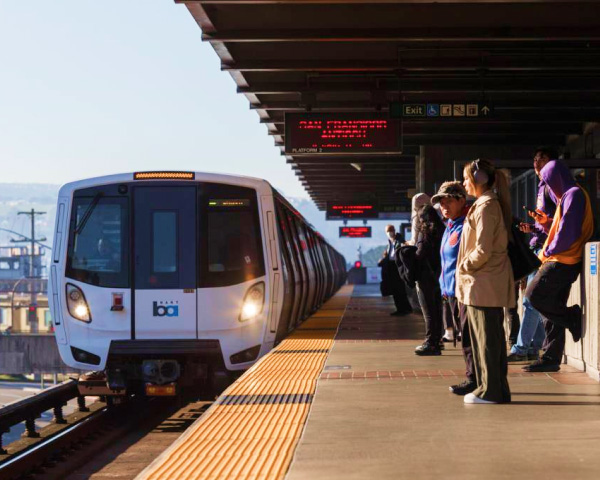“It’s really difficult to say to someone who is 20 years old looking at a job market, ‘Come work for us: We’re going to pay you less, the city wants to cut your benefits, and there’s a possibility that you might be forced to do more with less because of the brownouts,’” he said.
The starting salary for Oakland firefighters is about $800 less per month than it is in neighboring San Ramon, according to the cities’ salary scales. Oakland has also suggested that it could need to negotiate with labor partners in the coming years about their benefits agreements, as it approaches a steep rise in benefit and retirement costs, without a clear way to afford them.
The department is currently conducting interviews for a fire academy this fall, and is planning to host another in 2026. Still, Olyer said recruiting is an “uphill battle.”
Oakland has begun annual fire maintenance work, which Olyer said is vital to keep the risk in the fire-prone hills down as much as possible. In July, the city will unlock a new estimated $2.6 million in annual funding to pay for vegetation clearing, thanks to a special tax that hills residents passed last year.
Olyer said the city still needs to focus on funding preventive efforts such as vegetation clearing and enforcing parking restrictions along the narrow, windy streets in the hills. Those parked vehicles can impede fire trucks from driving quickly up and residents from evacuating down.
He also wants the city to work on legislation that designates high fire risk zones, which would open them up to more state and federal funding streams.
“Every little bit counts, and it’s a very delicate house of cards that we need to keep propped up statewide,” he said.



